Parker Ito
medieval Times 3
Saturday, September 16, 2023 - Sunday, December 17, 2023
2176 Pacific Ave, Long Beach, CA, 90806
Xela Institute of Art is pleased to announce the opening of the exhibition medieval Times 3, a solo presentation of work by Parker Ito. The exhibition will be on view and open to the public at Xela Institute of Art from Saturday, September 16, 2023 through Sunday, December 17, 2023.
Parker Ito (b. 1986, Ventura, CA) is an artist associated with Post Internet or Zombie Formalism, depending on who you ask. His website is: www.parker.sex
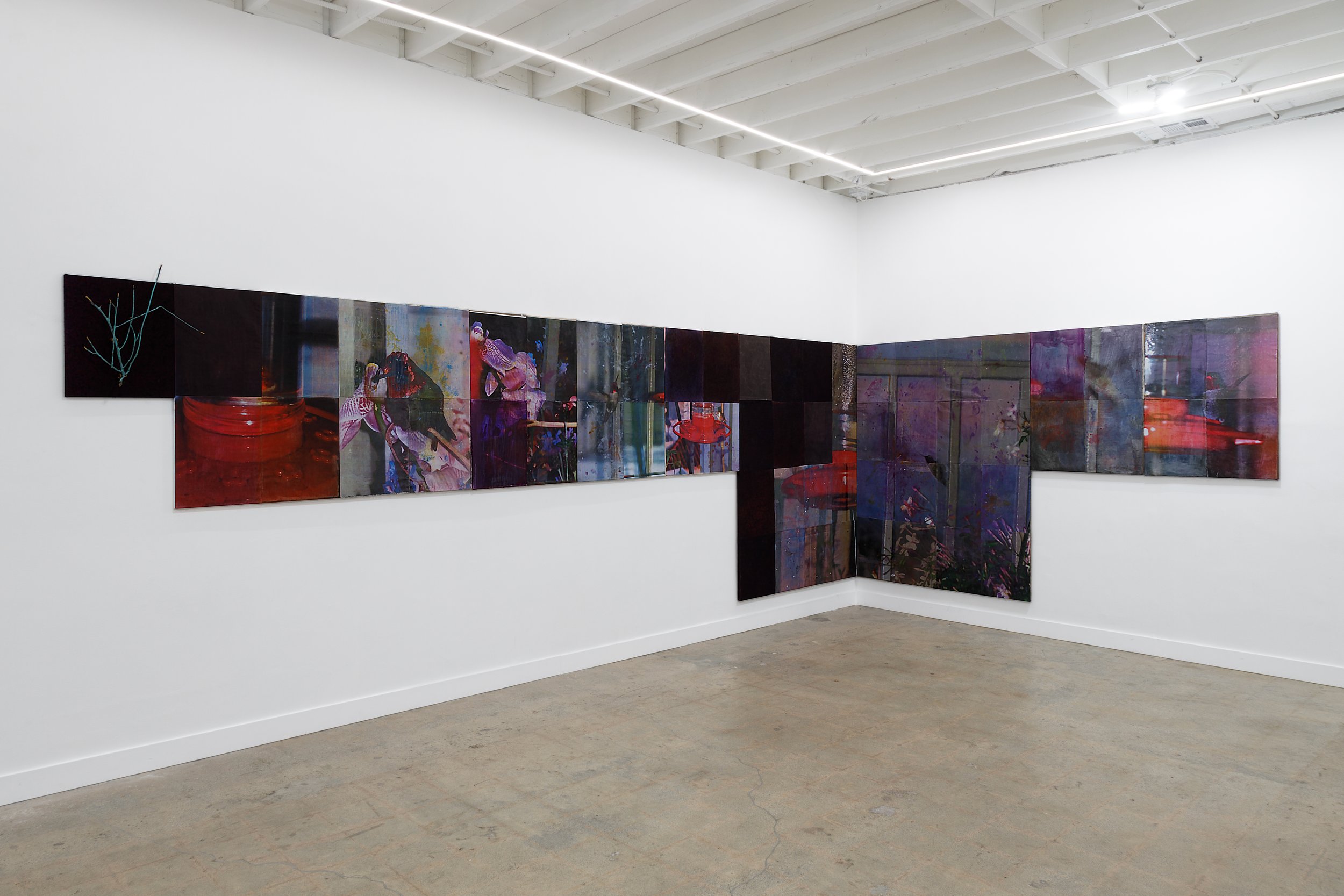


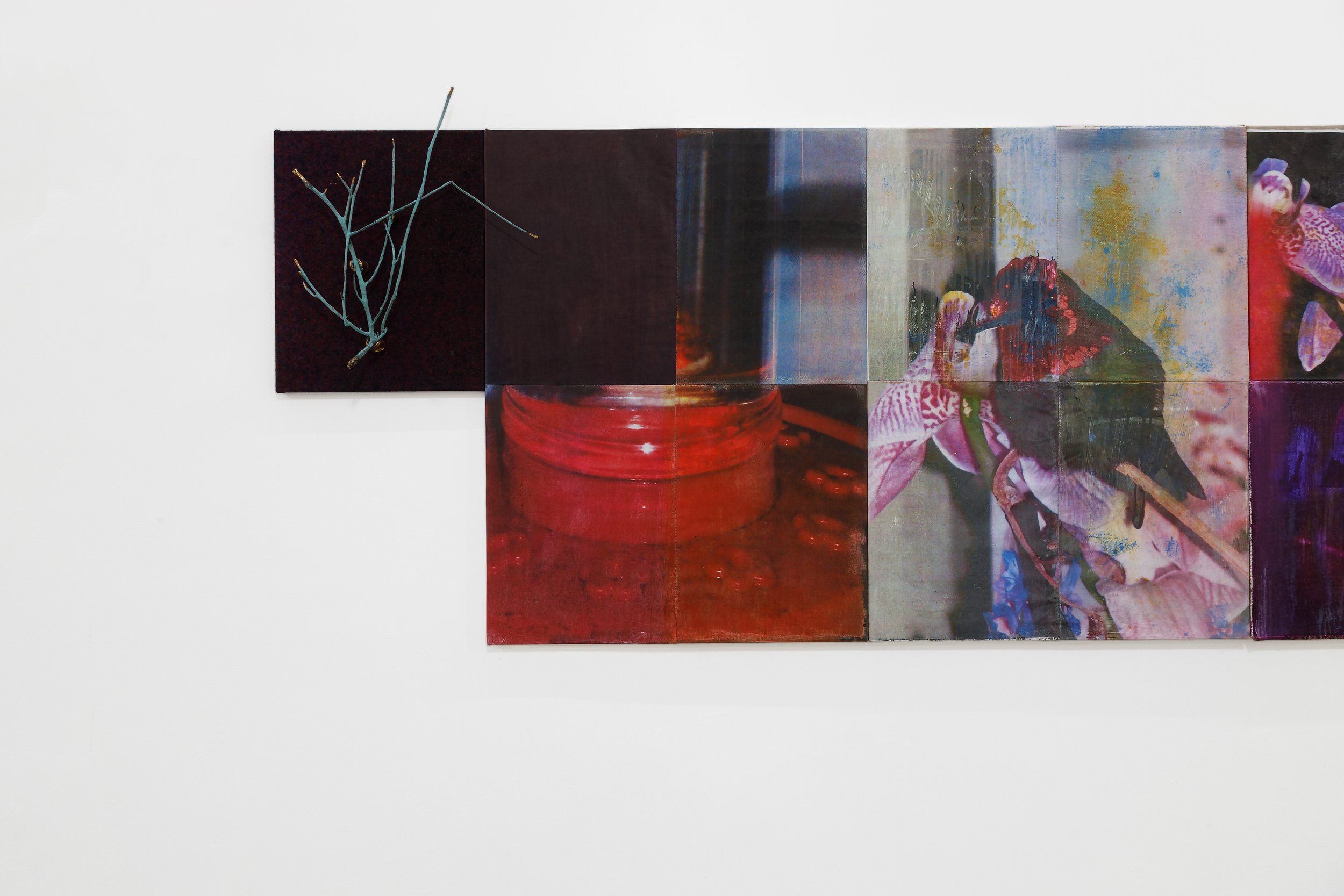
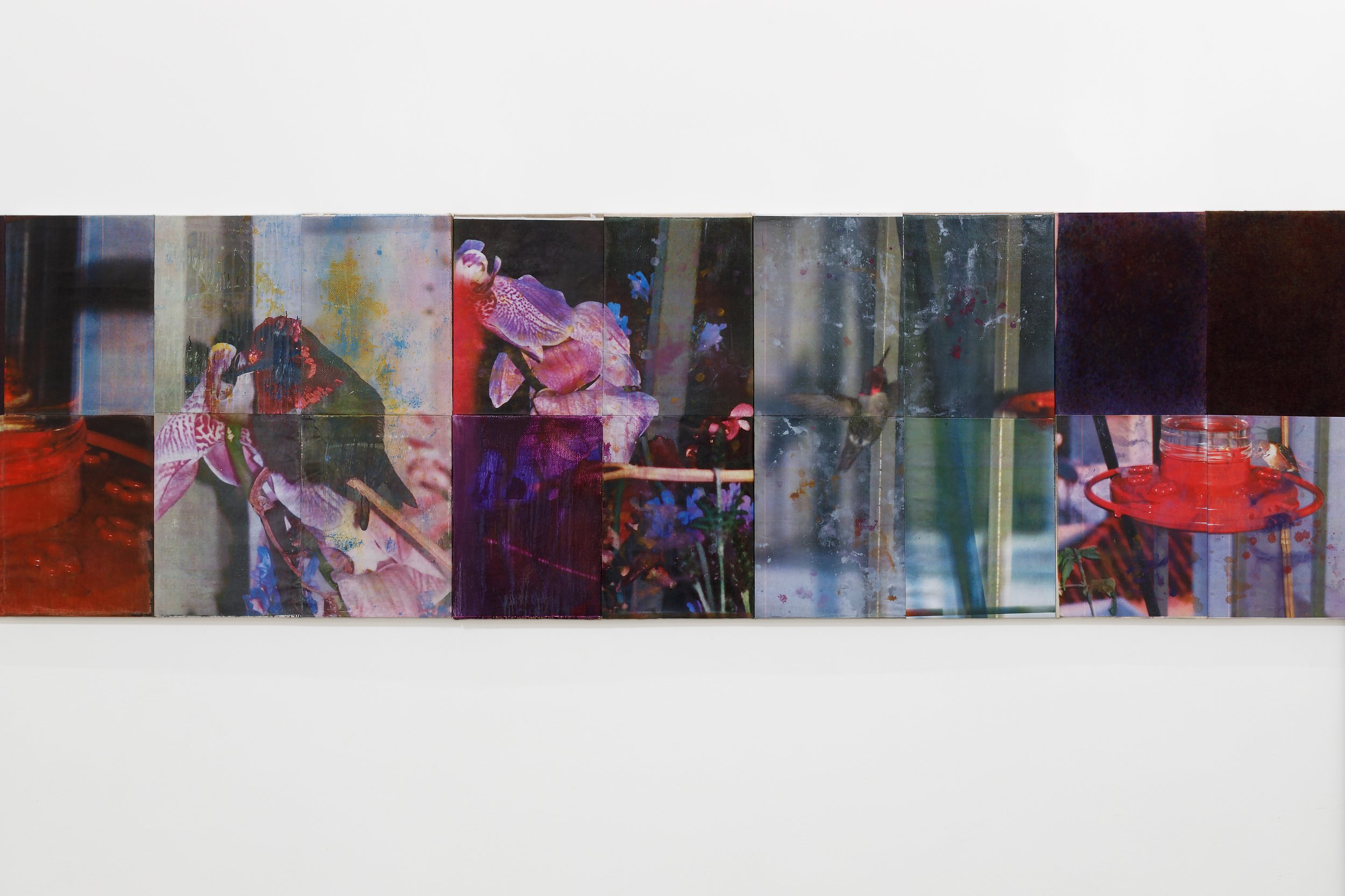

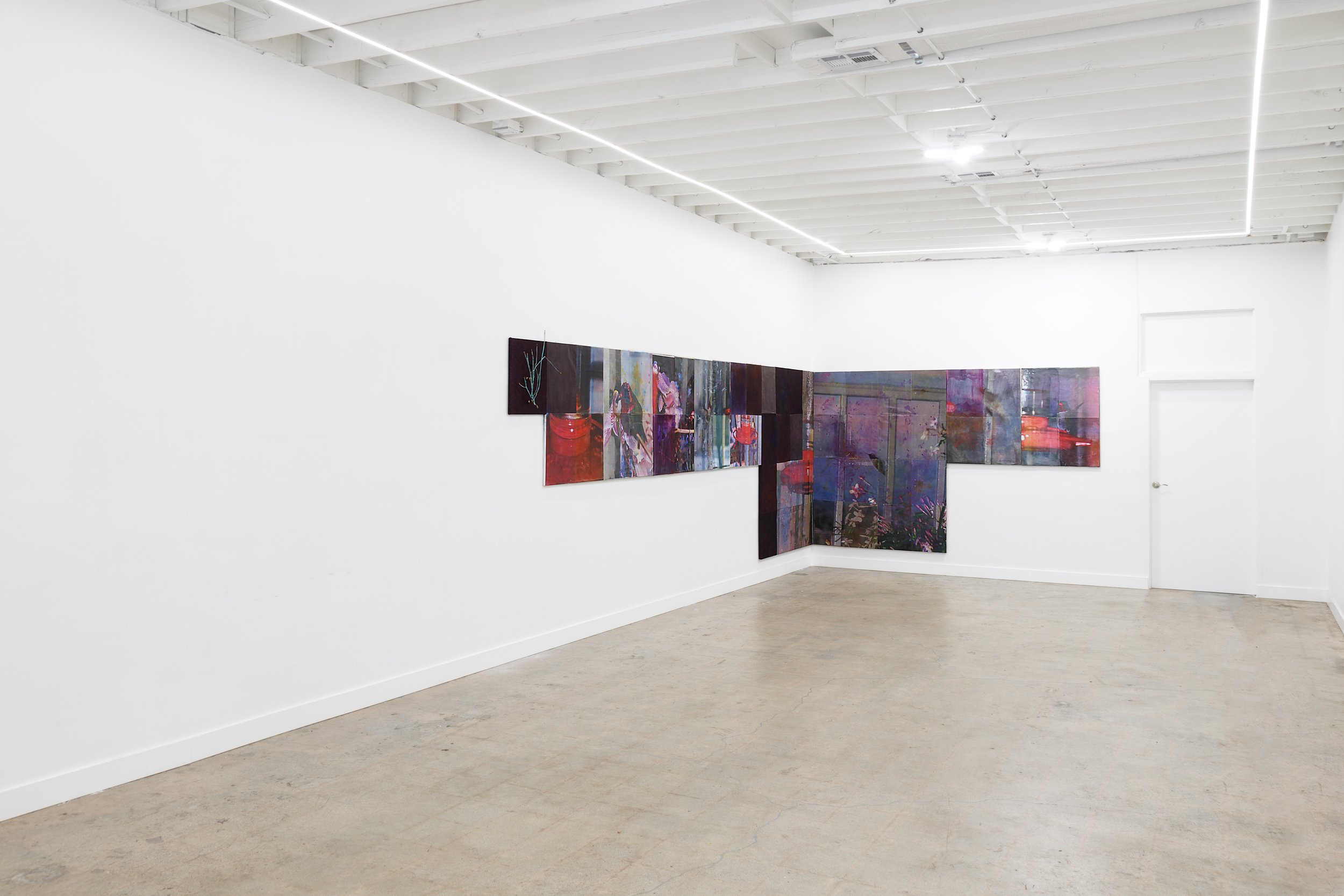
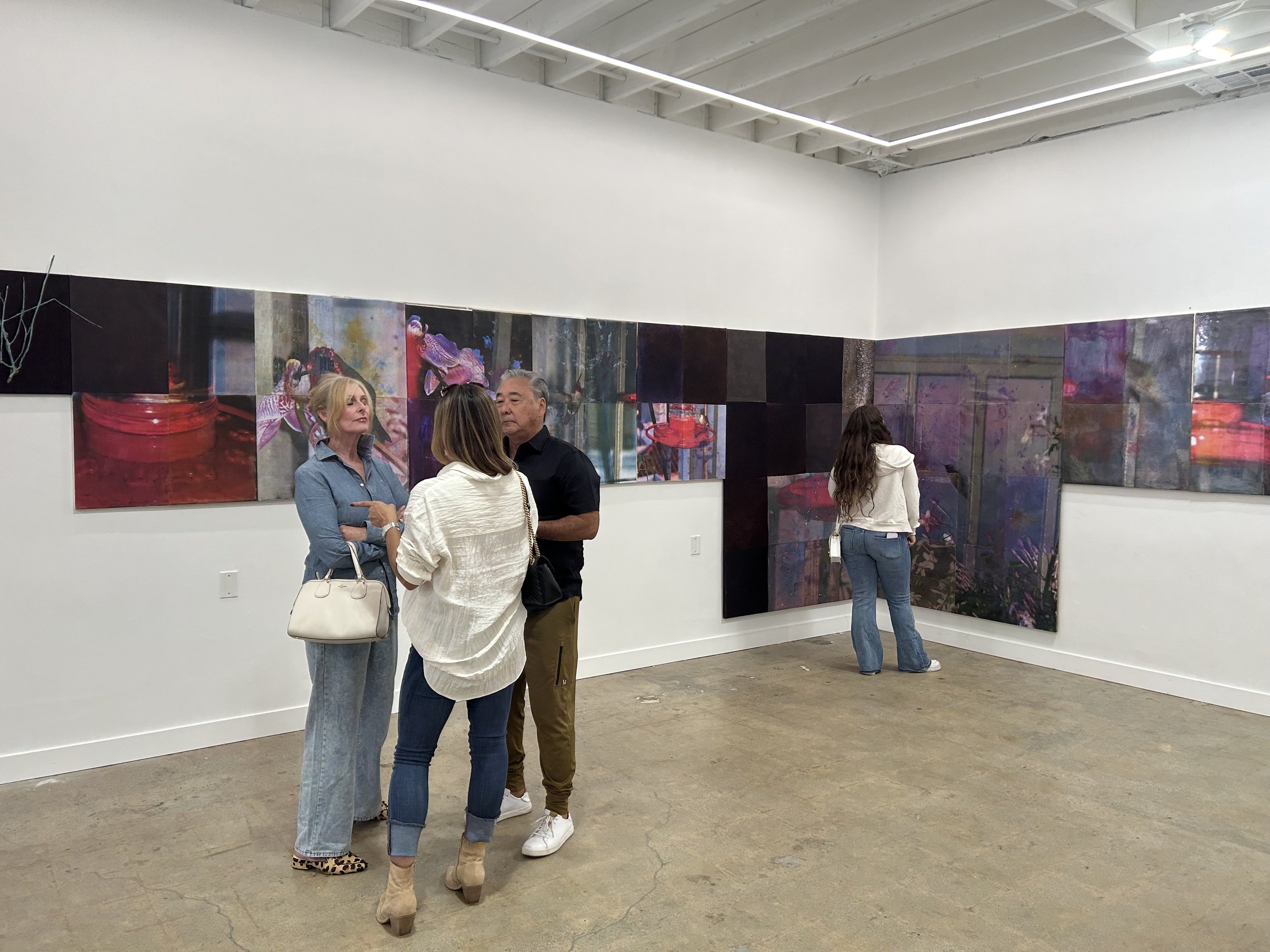

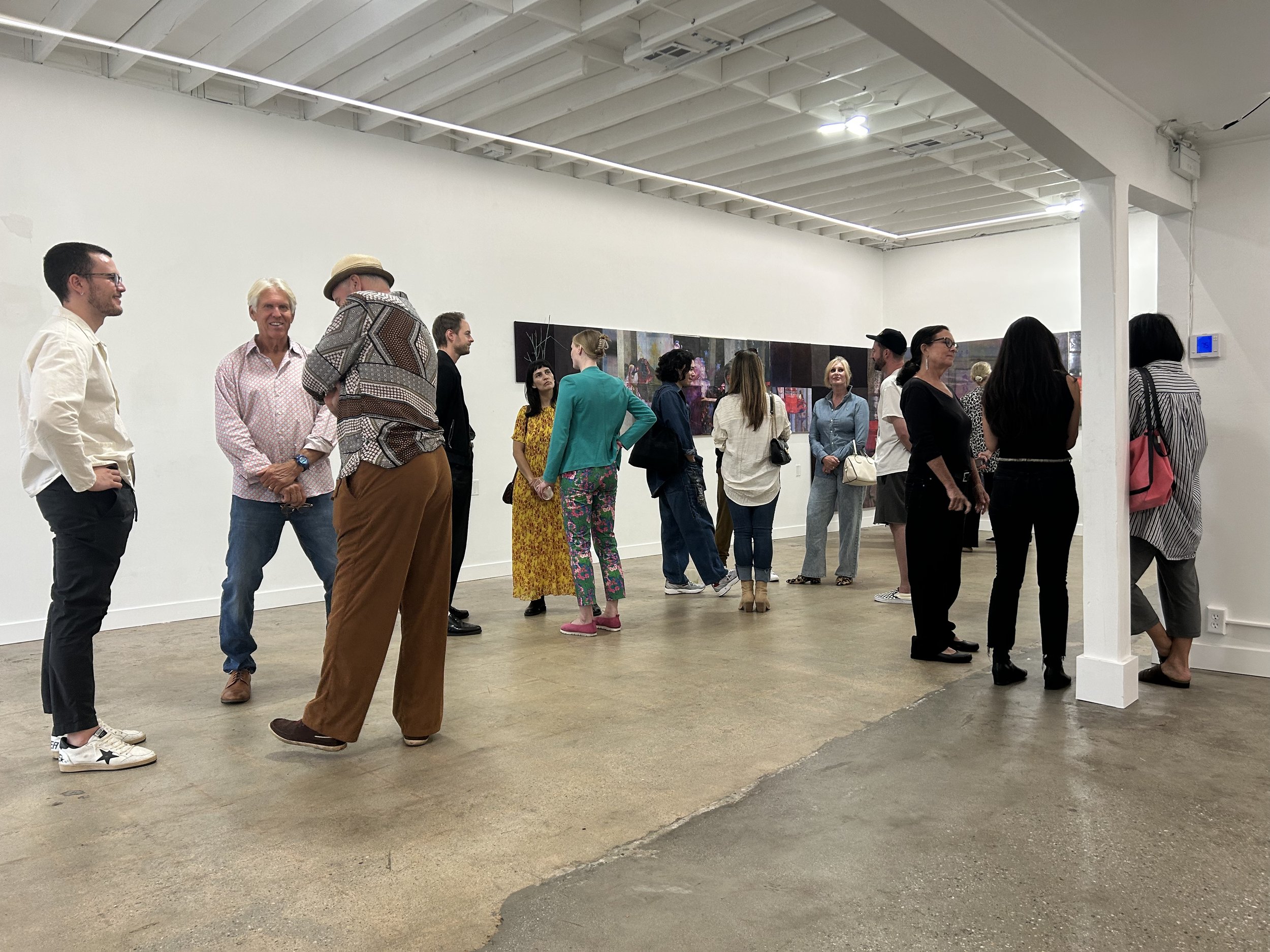
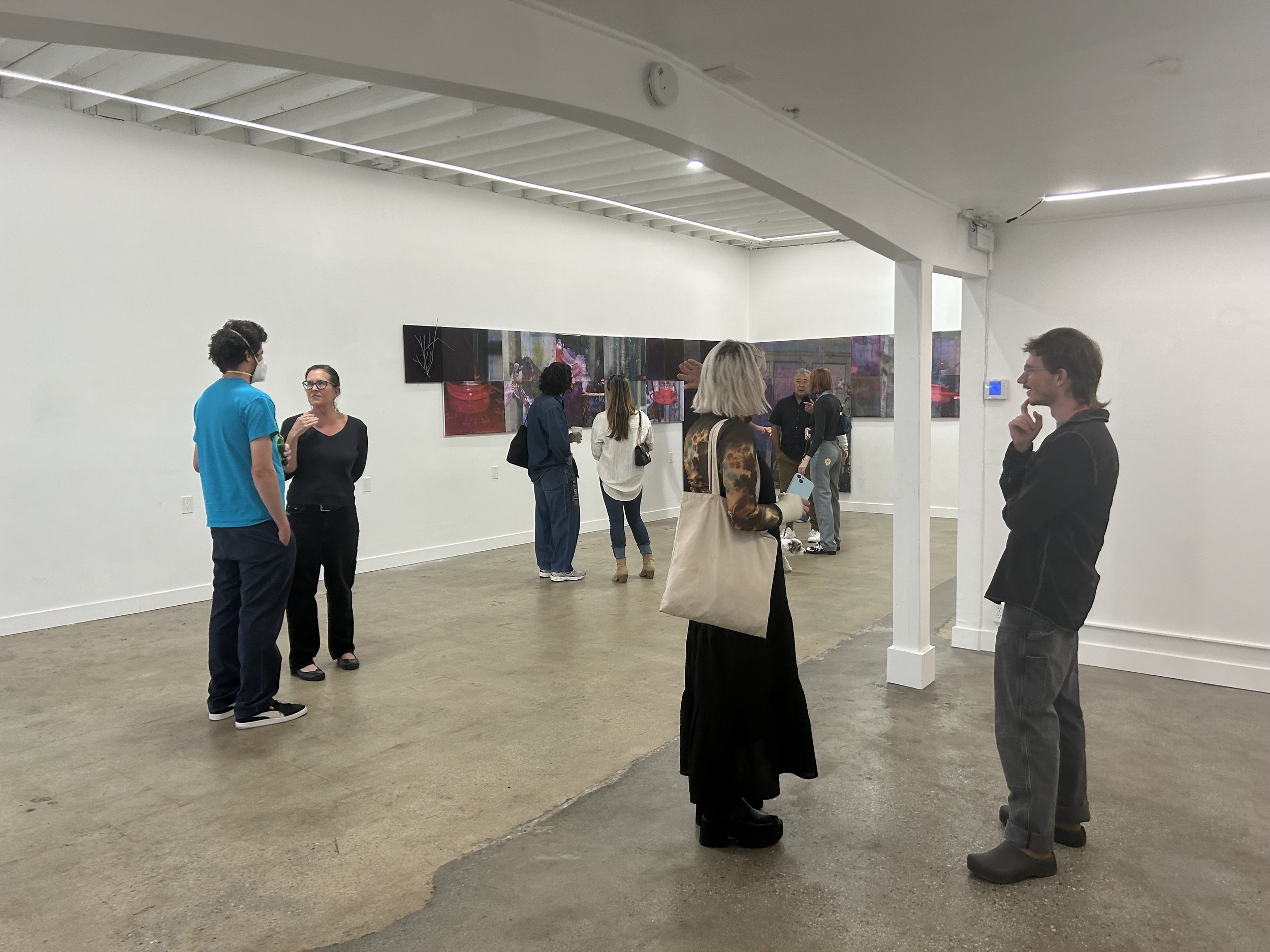
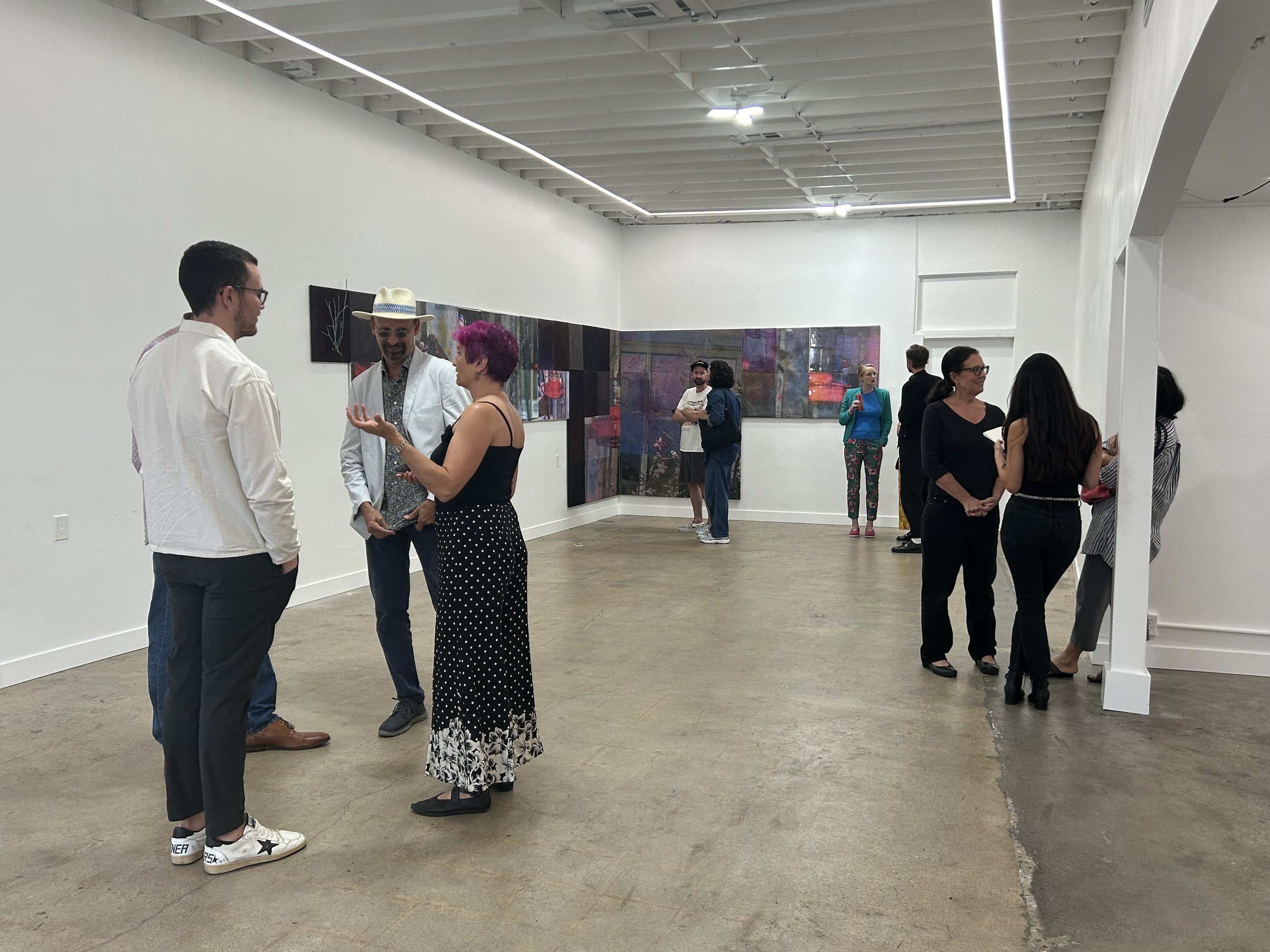
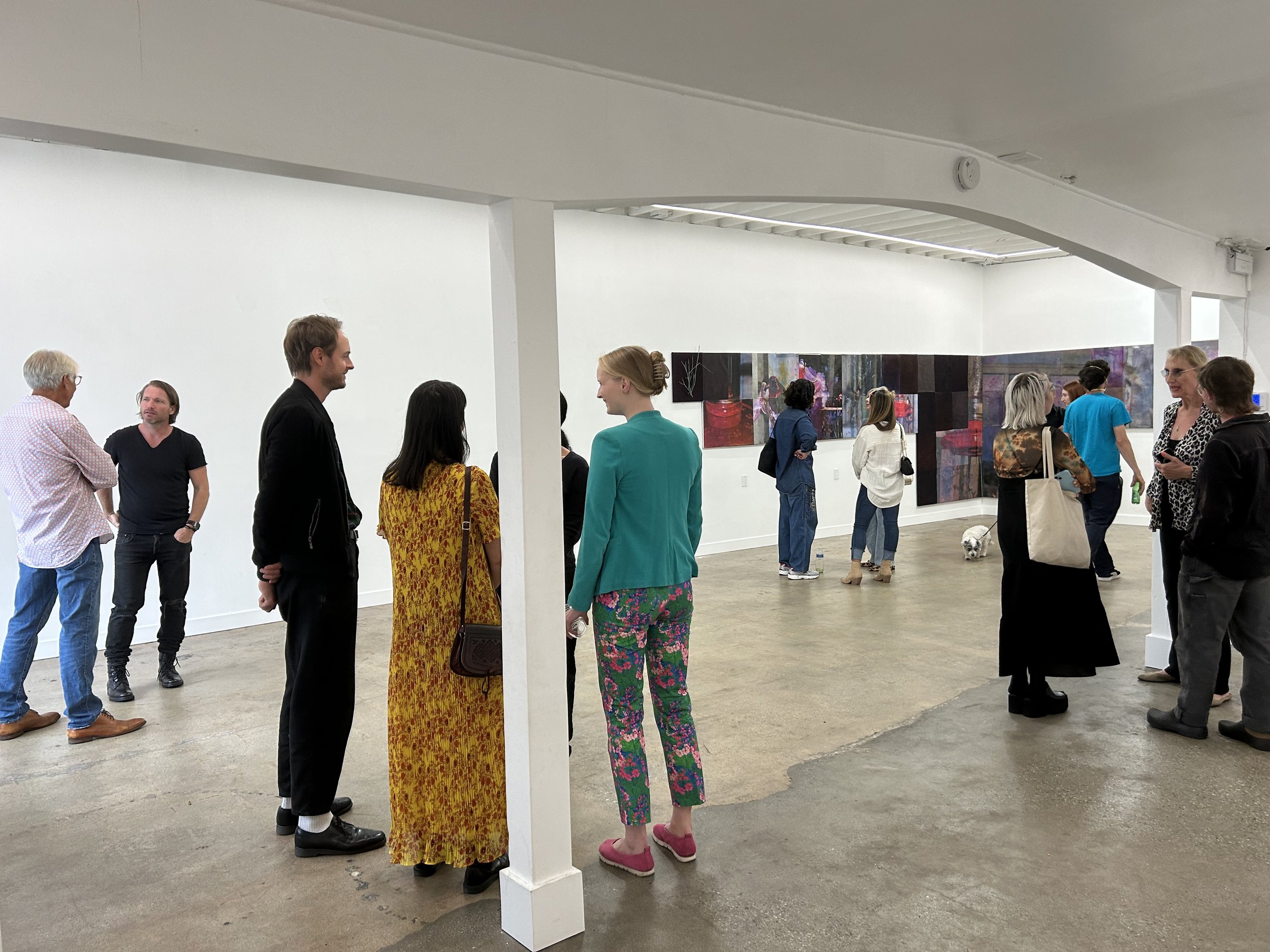
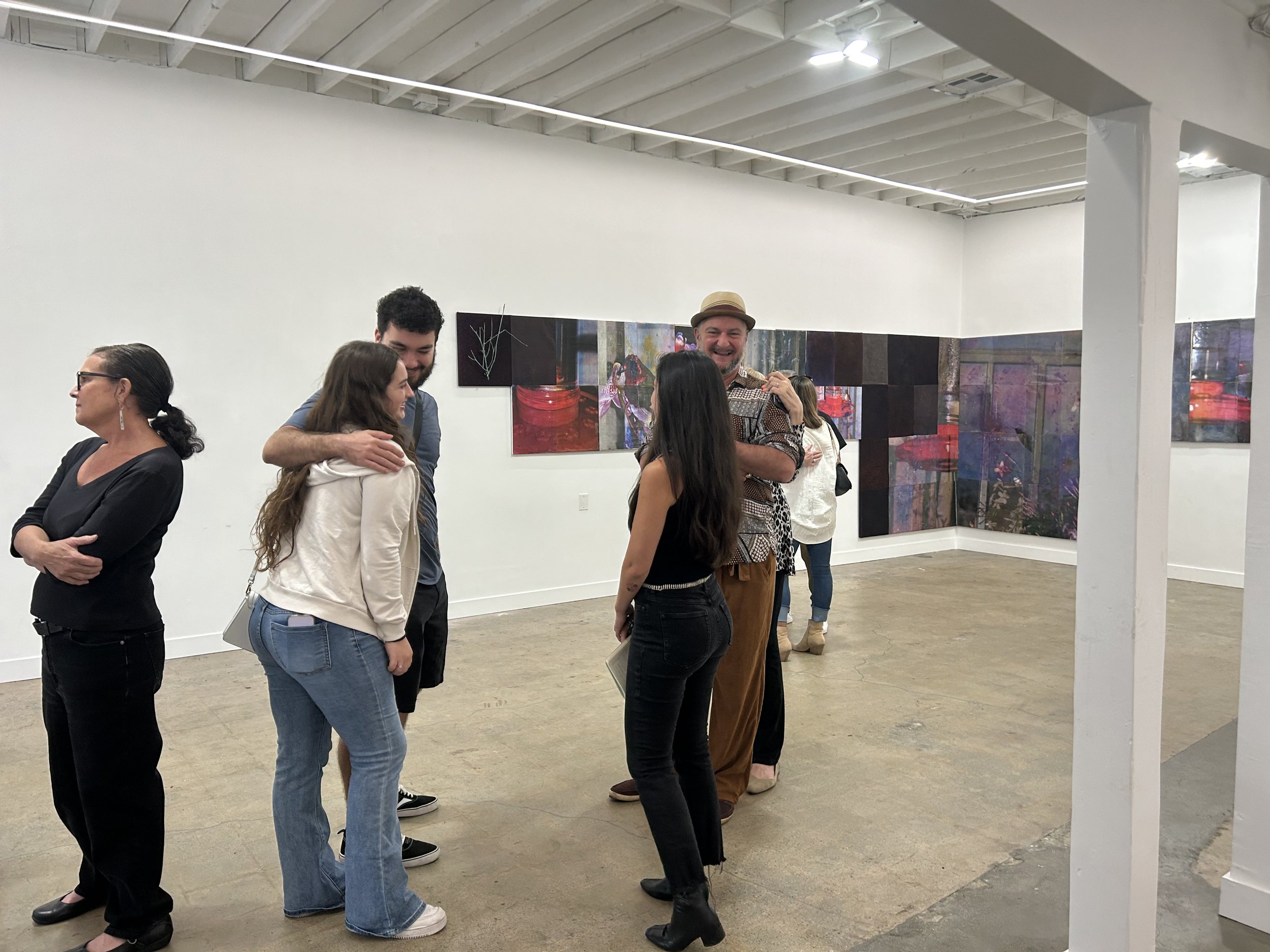


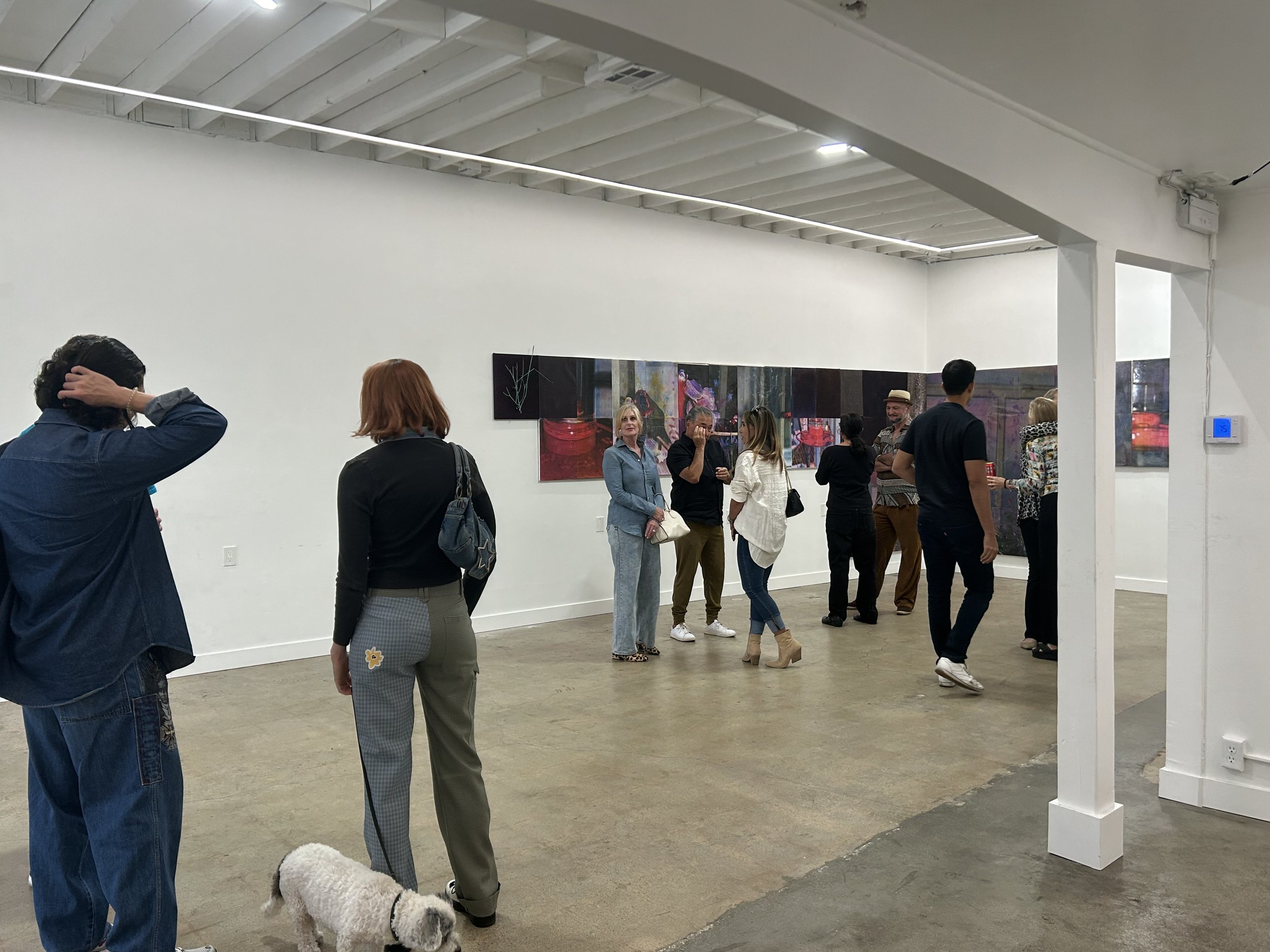

An excerpt of the text Medieval Times, 2022, by Parker Ito:
In 2021, I was possibly going to do an exhibition in a fake gallery owned by one of the members of the Antwerp 6. 〘Hint: it wasn’t Walter Van Bierendonck, I’d much rather have done a show with him.〙 This interaction led to my first-ever professional burnout, which is expected after doing something for a decade. But I was completely unprepared to experience burnout because art has always been the one thing I’ve been able to do no matter what my life circumstances were. Even in my darkest moments, I was still able to retreat into the studio. Art had really been something that kept me going throughout all those years. All of a sudden, the pleasure of art was no longer present in my life. It became unfun to make art, like doing chores. It became really hard to do anything. The burnout of COVID also played a big factor in this. Making this next body of work I’m going to describe, even though it wasn’t extremely sophisticated technically, was spiritually very hard to make.
In May of 2021, I started a three-month residency on Lake Como. During my residency, but not as part of my residency, I had an exhibition on Como called medievl Times at the site of a former fish restaurant in Colonna. The show consisted of a group of paintings I’d made of hummingbirds. Leading up to 2020, I’d been taking images of hummingbirds on the balcony of my home in Hollywood for a couple years. 〘The same apartment that had been the site of many of my other works.〙 But during COVID, because I was physically stuck in the apartment for many months, I learned the daily rituals and schedules of the hummingbirds that visited the balcony and was able to anticipate when they’d visit. Like other image-based bodies of work that I’d made, the hummingbirds were captured on an old digital point-and-shoot from the early 2000s. I’ve often made works with a regard for classical tropes, for instance still lifes and landscapes. These are my studies of animals — hummingbirds — which are specific to the Americas.
It's really hard to shoot something which moves as fast as a hummingbird with an out-of-date point and shoot. I’d always fantasized about doing bird photography as a hobby. Birds are beautiful and cool, so that is definitely a motivating factor, but I think there is something significant about the kind of devotion required to capture these images. So during COVID I was able to indulge my fantasy.
When I considered transposing the photographs into works of art, I thought about the images’ relationship to abstract painting. As the camera technology was not sophisticated, it was difficult to photograph the hummingbirds unless they decided to land on something on the balcony. This led to photographs that were very abstracted. Abstract painting came back en vogue and I had an impulse to start making it again, because it was something I hadn’t done in a couple years. I cut the hummingbird images up into discrete panels, and made paintings using different experimental methods with my printer. Each of those cut-up panels was a chance to try a different technique either with my printer or the light-reactive dyes I was using. These panels are all composed of different substrates〘various linens, canvas and jute〙, most of which are not meant to be run through a printer. Through the preparation of the surfaces, the textures of the substrates themselves, and the different modes of image making 〘print or light-dye〙 different image qualities would be produced on each panel. In those panels, the images would become more abstract than their initial existence, so by the end you're looking at an abstraction 〘squared〙 of abstractions in abstractions. The paintings were made panel by panel, then arranged into a grid and stitched together by a tailor across the alley from my studio 〘not the Margiela tailor〙.
I had originally planned the whole series as a skeletal project, with some paintings being individual panels, some that are four, and some that are 16 panels. The smallest paintings I produced at the Como residency are single panel works with unique cast bronze branches. The bronze cast on the smaller panels is a branch of a tomato plant from my balcony in LA that the hummingbirds had an affinity for and would frequently land on. The plant was dead, but I left it on the balcony because the hummingbirds liked it so much. The plant is depicted in many of the paintings.
I produced one large painting at the Como residency with the solar dyes. When making these, the substrate has to be rinsed between applications of the dyes. This large painting was rinsed in Lake Como and then cut up to make smaller works. It’s the opposite of what was done with the works in the LA studio. With the works in the studio, I cut up images into small paintings in order to reassemble them to produce large paintings. At the residency, I made one large painting, and cut it up to produce a series of smaller paintings. It's an echo of a similar ying/yang at play in the formal process between the dyes and printed surfaces. Bear with me…
In these works, a one-to-one photographic chemical process 〘solar-dye, a subtractive process, by nature akin to shadow-casting, or otherwise to be considered as a technique for achieving high-fidelity reproductions of line and form by means of the manipulation of light〙 become totally abstract color fields, while a process involving the application of a pigment to a surface 〘inkjet printing, more akin to painting in that it’s an additive process meant to approximate the appearance of forms〙 becomes photographically precise. In some sense the dye process is much older 〘cyanotypes came long before CMYK dot-matrix printing〙, but in another sense the pigment application technique is much older 〘cave painting〙.
At each level of this process there's an inversion. The first is that I'm using a camera to take images. Those images are becoming abstracted because of the camera’s coarse ability to capture the hummingbirds. Next the images are split into sections to make them more abstract. Finally, through different processes of reproduction, there's the final level of abstraction taking place. The multiple maneuvers take each quadrant of the image in wholly different and contrary directions.
The show in Italy ended up containing only the 4x4 quadrant paintings. It also featured two wall drawings. Entering the space, the viewer was greeted by a wall drawing of a jester covering his face, which was accompanied by a painting of the same image. This is a drawing that I’d used many times in my previous work, dating back to 2014. I came across it as a Tarot card: the Fool card. I had my former studio assistant make a drawing of it. The drawing in the show is a modified version of the drawing my assistant made, made by me. Not until recently did I realize the original image I saw was based on a painting called the Laughing Fool by Jacob Cornelisz Van Oostsanen made in 1500. The only reason I found out about the original painting is that my former studio assistant happened to stumble upon it in a museum and sent me a photo of it. The image of the Fool resonated with me, maybe because of my burnout, or because of COVID, or maybe we were all fools at that moment because of COVID delirium. But the painting was both a flier for the show and a work in the show itself. It was the first exhibition of mine I got to attend and the first time I traveled internationally since COVID began, so the fool character was a sort of self portrait for the show.
The other wall drawing is a version of something I referenced in the last text, the amabie character. The amabie being a yokai that became popular during COVID. 〘See PPP text.〙 The Yokai featured in this exhibition in the wall drawing is a similar type of figure that appeared in the water and was said to predict the plague. It appeared a month before the Amabie in a different prefecture, but wasn't rediscovered until after the Amabie. I had made a series of drawings with charcoal from the burnt tree stump I used to make my sculpture Renaissance that was shown at my Mother’s Tankstation show. I shipped bits of the charred stump that I had left over to Como, and blended and incorporated it into an ink, which is what I made the drawings with. Other than the wall drawings, everything in the show was made in LA. The cast branches, which is what I made in Como, weren’t included in the show because they weren’t ready in time.
A potentially useful metaphor for my work is the Rube Goldberg machine. A Rube Goldberg machine is this thing designed to complete a simple task, but has an elaborate way of enacting it. Each part of the system cannot be understood without the whole. It's a good analogy for thinking about individual works of mine. If you think about it, Rube Goldberg machines aren’t even really designed to complete simple tasks. Really, they have no purpose except for the process.

